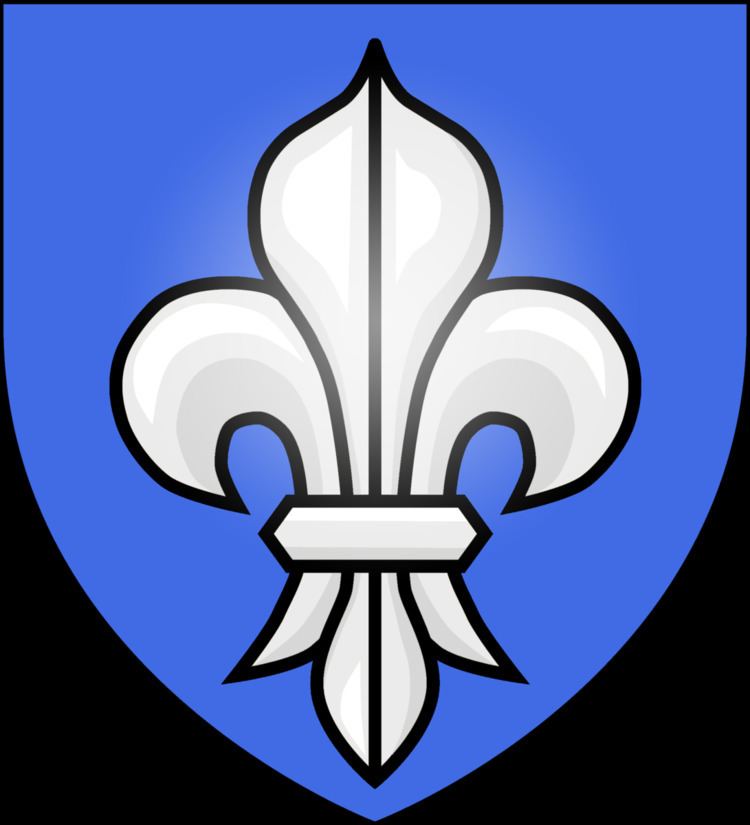 | ||
Earl of Bristol is a title that has been created twice in British history. The first creation came in the Peerage of England in 1622 in favour of the politician and diplomat John Digby who served for many years as Ambassador to Spain, and had already been created Baron Digby of Sherborne, in the County of Dorset, in 1618, also in the Peerage of England. Digby was the brother of Sir Robert Digby of Coleshill, Warwickshire, whose son Robert Digby became 1st Baron Digby of Geashill in the Peerage of Ireland in 1620. (See the article Baron Digby for more information on this other branch of the family).
Contents
He was succeeded by his son, the second Earl. He was a prominent statesman and served as Secretary of State for King Charles I. In 1641 he was summoned to the House of Lords through a writ of acceleration in his father's junior title of Baron Digby of Sherborne. When he died the titles passed to his son, the third Earl. He sat as Member of Parliament for Dorset and served as Lord-Lieutenant of Dorset. He was childless and the titles became extinct on his death in 1698.
The second creation of the earldom came in the Peerage of Great Britain in 1714 for John Hervey. For more information on this creation, see the Marquess of Bristol.
